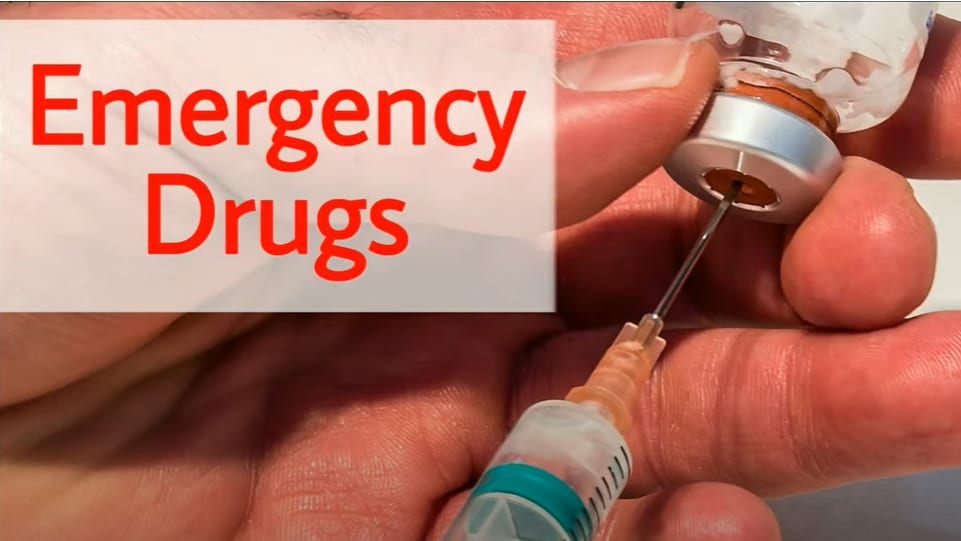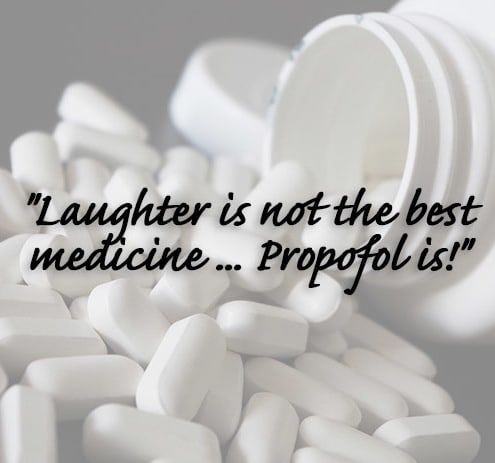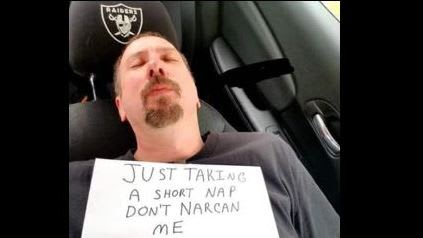Emergency drugs.


Good for stabilising supraventricular and ventricular rhythm disturbances in the ED. Probably not the greatest anti arhythmic ongoing orally because of it's side effect profile.

Fortunately Ketamine has a large therapeutic window which means that the dose between a therapeutic and toxic dose is wide.

Children generally need a higher mg/kg dose for induction. Propofol is somewhat painful to inject IV and causes hypotension.
So avoid its use in asthma and make sure the patient is aware that they will feel dreadful for a short period after its administration.
It is very easy to give the wrong dose, often by a magnitude of 10, so check and check again.

The nitrous oxide enters and expands the air space of the pneumothorax so this is an absolute contraindictation to it's use.

The picture shows intranasal Fentanyl using a MAD atomiser. Dose is 1.5mic/kg.
Below is a link to a brief instructional article for your perusal.
Max daily dose is 6mls and the 10 pack costs about $320.
Its effects continue for several minutes after inhaling.

Unfortunately the Naloxone here can often precipitate a withdrawal seizure in the newborn. Bad.

The acute stroke work comes from Glasgow with the IMAGES trial.
https://www.ncbi.nlm.nih.gov/pmc/articles/PMC56206/
Magnesium IV has been used for Irikanji but not to my knowledge in the treatment of box jellyfish stings.